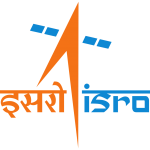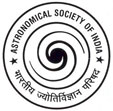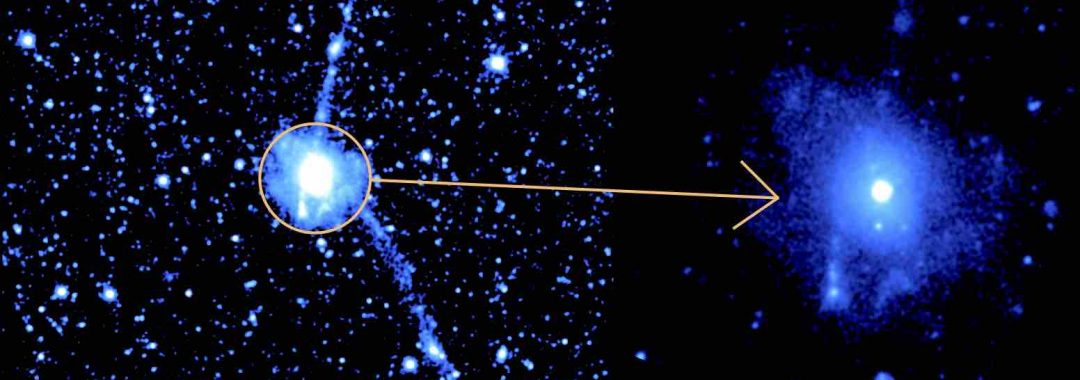March 2018:
The AstroSat Picture of the Month for March 2018 is the ultra-violet image of NGC 7252 or the 'Atoms for Peace' galaxy, using ASTROSAT. The two tails of gas and stars ripped out due to the merger of two galaxies can be seen in the image on the left (going upwards and also downwards and right). The central part, which hosts filaments and loops, is magnified and shown on the right.
(Picture Credits: Koshy George )
To download a high resolution image, see link.


“AstroSat Picture of the Month” is an initiative of the Public Outreach and Education Committee of the Astronomical Society of India and the AstroSat Training and Outreach Team.
The Ultraviolet Tails of the “Atoms for Peace” Galaxy
A billion years ago, two massive galaxies collided together, ripping apart tails of gas and dust from each other. The two galaxies then merged to form a single galaxy, NGC 7252. Located 220 million light years away in the southern constellation of Aquarius, the optical images show stars and gas twirling around in intricate filaments around a bright central core. These loops resemble a picture of electrons going around the nucleus, and hence NGC 7252 was named 'Atoms for peace' galaxy, in honour of the influential speech by the US President Eisenhower in 1961, where he advocated the use of nuclear energy for peaceful purposes.
The effects of the violent collision are evident from the furious star forming activity going on in the two tails of the galaxies. These tails of gas and stars were pulled out from the galaxies in their dance around each other before their merger. Since ultraviolet light traces young hot stars, Koshy George and his collaborators used the UVIT of AstroSat to trace the locations of ongoing star formation along the tidal tails. Using their data, they were able to measure the rate at which new stars are being formed, and study how this rate changes as we move along this tail.
These studies have been published in this paper.
Click here for the entire APOM archive and here to return to the latest APOM.
More about ASTROSAT
AstroSat, India's first dedicated multi-wavelength space observatory, was launched by ISRO on 28 September, 2015. It has five instruments on board – the Ultra Violet Imaging Telescope, the Soft X-ray Telescope, the Large Area X-ray Proportional Counter, the Cadmium-Zinc-Telluride Imager and the Scanning Sky Monitor.
Get answers to your common queries about ASTROSAT in English, in हिंदी, and in मराठी.

